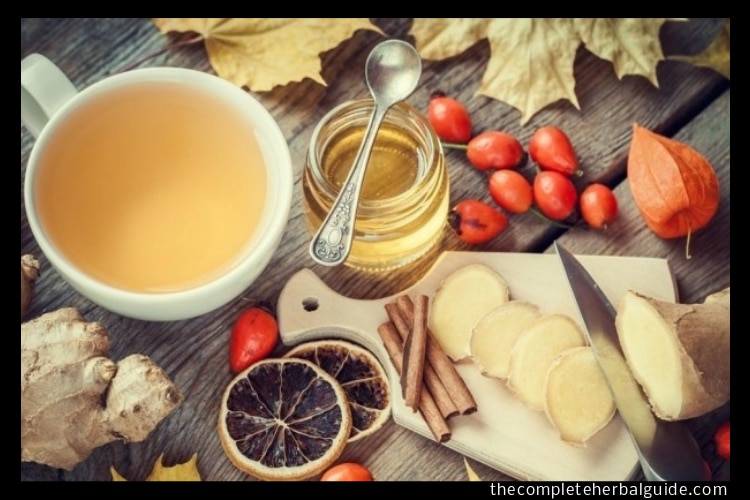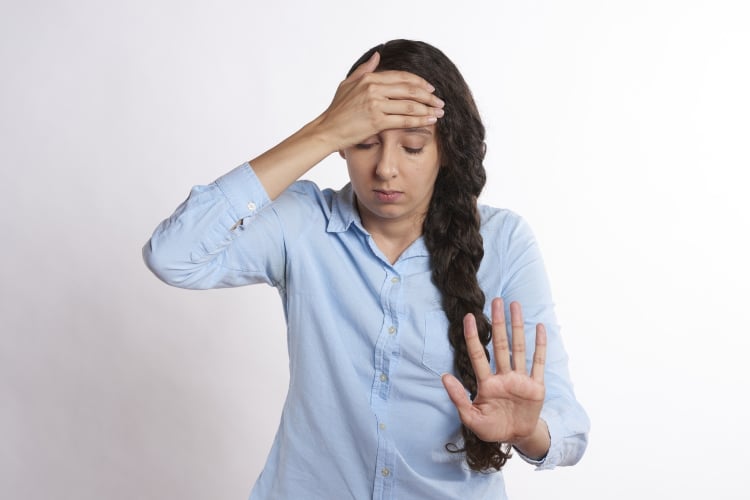
5 Important Lifestyle Changes for Migraine Suffers
Table of Contents
1. Regiment your life.
If a migraine were a person, it’d be the cranky guy next door yelling, “You rotten kids, get off my lawn!” A migraine doesn’t like excitement. When your life gets eventful and unpredictable, migraine flares up. “Be boring,” says neurologist Gretchen Tietjen, MD, director of the University of Toledo’s Headache Treatment and Research Program. “Keep a regular schedule. Make sure you go to bed at the same time every night and get up at the same time in the morning. Get an adequate amount of sleep, but don’t oversleep. Eat your meals on a regular schedule.” You can’t always do that, of course. So if you know that an upcoming event — like a red-eye flight that will leave you jet-lagged — is likely to throw off your schedule, plan accordingly so that your “migraine brain” won’t rebel. “If I’m flying to the West Coast for a few days, I’ll get up at 4:30 a.m. instead of 7:30 a.m. when I’m there and go to bed at 8:30 or 9 if I can,” Tietjen says.
2. Nourish your body.
“When I get dehydrated or skip meals, that’s a huge migraine trigger,” Metzger says. That’s not unusual, Tietjen says. “People with a headache tend to be much more vulnerable to the effects of dehydration.” Always keep a bottle of water and a snack handy: Peanut butter and an apple, or mild cheese and crackers, are good protein-carb combos.
3. Watch what you eat.
Some experts say that there’s no such thing as a dietary trigger for migraines. But headache specialist Deborah Friedman, MD, professor of neurology and neurotherapeutics at the University of Texas-Southwestern, says probably half of her migraine patients can identify foods that bring on their migraines. “The most common ones are, unfortunately, many foods we love, starting with chocolate,” she says. “It’s dose-dependent: If the food is a trigger for you, the more you eat, the more likely it is to cause a migraine.” Many foods that have been linked with a migraine contain a chemical called tyramine, which occurs naturally in food as it ages. This includes aged, smoked, and cured meats, and many aged pieces of cheese. If you find that cheese provokes a migraine, try sticking with white and blander cheeses, like provolone, mozzarella, cream cheese, and cottage cheese. Other common dietary migraine triggers include aspartame and artificial sweeteners, caffeine, and alcohol. Interestingly, a mixed drink may be less likely to set off a headache than beer or wine. “Those beverages are aged and fermented, plus they contain sulfites, so they appear to be more likely to cause a migraine than liquor in general,” Friedman says.
4. Get moving.
“Daily exercise appears to be very helpful for many people with a migraine, especially when they begin the day with it,” Tietjen says. She points out that a growing body of research suggests that yoga, in particular, is beneficial to migraine patients. However, exercise is a migraine trigger for some people. The issue sometimes is making the workout too intense, too quickly — or becoming dehydrated. So aim for moderate exercise and be sure to hydrate before and after. If you are not active now, you may want to check in with your doctor before starting a new exercise program.
5. Reduce stress.
“Stress seems to be one of the biggest lifestyle factors associated with a migraine,” Tietjen says. Of course, you can’t get rid of all the stress. But there are things you can do. “Learning stress management techniques, like biofeedback, meditation, and cognitive behavioral strategies, is absolutely imperative for people with frequent headaches,” Tietjen says. Metzger notes that she’s had to give up more intense exercise, like the spin classes she used to love, because she found that they brought on more pain than they relieved. “And if I’m in a bad migraine cycle, I can’t exercise,” she says. “But if I get a break in the migraine cycle and work myself into a place where I’m exercising moderately on a regular basis, it’s really good.” Keeping a journal is the best way to figure out which lifestyle factors may play a role in your migraines, Tietjen says. Here’s how:
- Every day, write down what you ate and drank and when; when and if you exercised; when you went to bed and got up; and any big stresses you experienced.
- Record when you get migraines.
After a few weeks, you can start to look for patterns in your journal. “A lot of people will find that none of the identified triggers apply to them,” Friedman warns. “And some triggers you can’t do anything about. For example, strong odors trigger a migraine for many people, and there’s only so much you can do about your coworker’s stinky perfume.” But if you can identify lifestyle factors that trigger migraines that are modifiable — such as when you’re eating and how much you’re sleeping — you may be able to find some relief.






